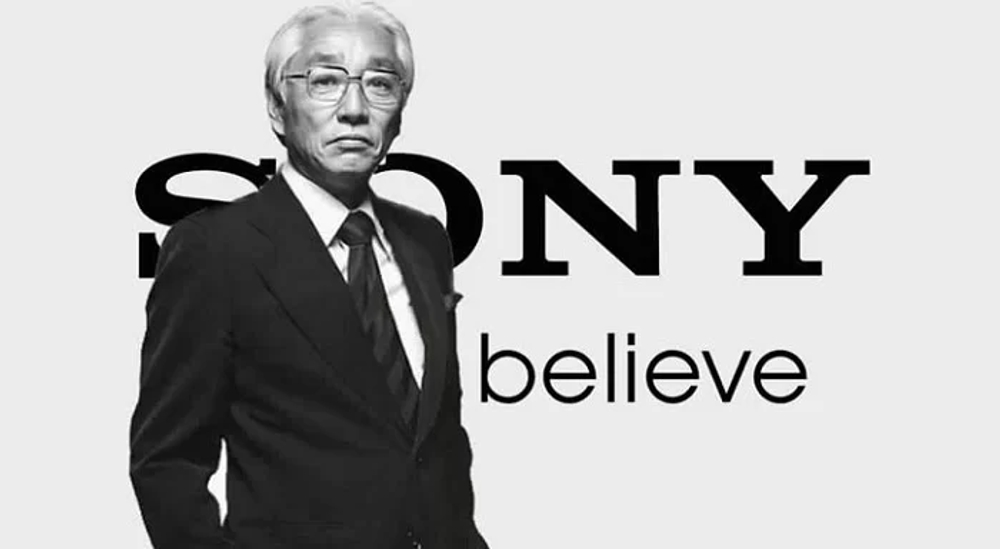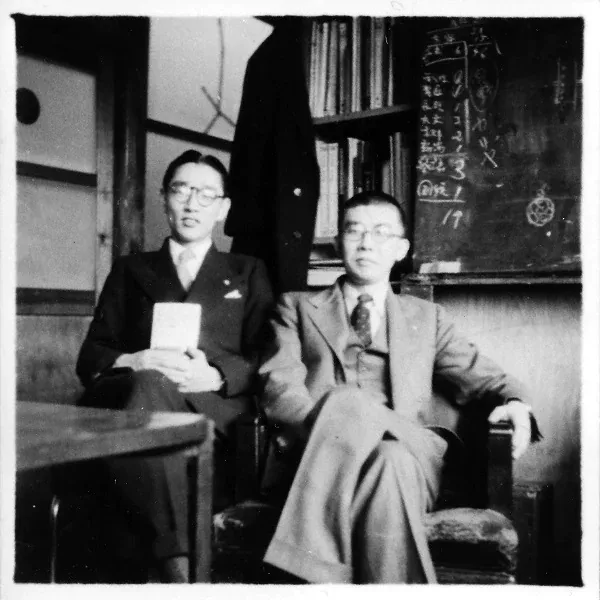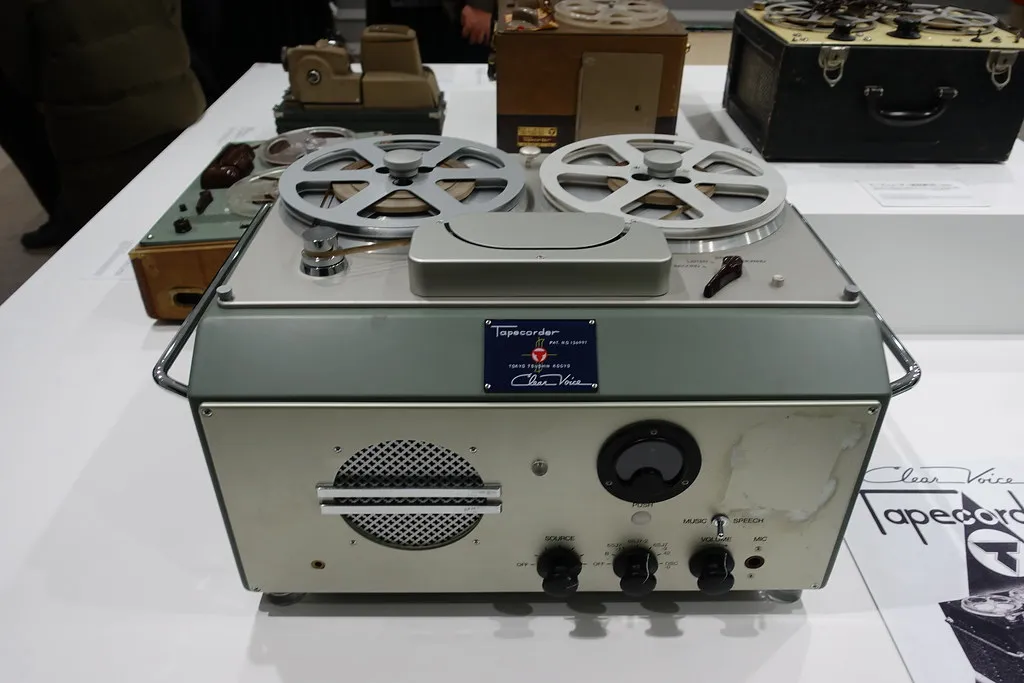Published
- 4 min read
Made in Japan – Akio Morita and Sony

Book Review: Made in Japan – Akio Morita and Sony
”Made in Japan: Akio Morita and Sony” is a fascinating autobiography by Akio Morita, co-founder and former chairman of Sony Corporation, co-written with Edwin M. Reingold and Mitsuko Shimomura. The book not only tells the story of Morita’s life but also provides a deep dive into Japanese innovation, business philosophy, and how Japan rebuilt itself after World War II. It’s a compelling read for anyone interested in history, technology, and entrepreneurship.
- Founders of Sony – A historical photo of Masaru Ibuka and Akio Morita when they founded Tokyo Telecommunications Engineering Corporation in 1946.

A Story of Careful, Step-by-Step Growth
One of the most striking aspects of Sony’s rise is the careful, methodical approach the company took toward innovation and expansion. Unlike companies that seek rapid success, Sony focused on long-term development, ensuring that each product met high standards. The book reveals how this steady growth mindset played a critical role in Sony’s transition from a small post-war startup to a world-leading electronics giant.
Sony’s story began with a simple yet ambitious idea—producing Japan’s first tape recorder.
 Sony’s First Tape Recorder (G-Type, 1950) – The company’s first major product, showcasing its early innovation.
Sony’s First Tape Recorder (G-Type, 1950) – The company’s first major product, showcasing its early innovation.
During the post-war years, Japan was in ruins, struggling to rebuild its economy and global reputation. Yet, despite these challenges, Morita and his team at Sony took calculated risks, investing in research and development to create cutting-edge products that would later shape the global electronics industry. From radios to the iconic Walkman, CDs, and DVDs, Sony revolutionized personal entertainment in ways few could have imagined.
 Sony Walkman (1979)– One of the most iconic products that revolutionized personal music listening.
Sony Walkman (1979)– One of the most iconic products that revolutionized personal music listening.
Japan’s Post-War Struggles and Innovation
Reading this book while reflecting on Japan’s wartime struggles makes it even more fascinating. Morita details how Japan, devastated by World War II, had to rebuild itself from the ground up. The war left the country economically weakened, but it also instilled a deep sense of resilience and determination in its people. This drive for innovation and perfection is evident in Sony’s business culture, where every product was created with a long-term vision in mind.
The book also contrasts Japanese and Western business practices. While American companies focused on quarterly profits and shareholder returns, Sony embraced a philosophy of gradual, sustainable growth, prioritizing quality and long-term customer trust. This careful approach helped establish Japan’s reputation as a leader in high-quality manufacturing and technology.
A Personal Connection – Seeing Sony in Osaka
- Sony Skyscraper in Osaka – A modern-day photo of Sony’s presence in Japan, similar to what you saw during your travels.
Having traveled to Japan, I found this book even more interesting because I had the chance to see Sony’s presence in Osaka. Seeing the Sony skyscraper in person was an awe-inspiring moment—it felt like a tangible representation of the company’s long journey from a small post-war electronics startup to a global icon. It’s one thing to read about a company’s success, but witnessing its impact in the real world brings the story to life in a powerful way.
Final Thoughts
”Made in Japan” is more than just a business book; it’s a history lesson, a case study in resilience, and an exploration of Japanese culture and innovation. Morita’s storytelling makes the book engaging, offering a mix of personal anecdotes, business insights, and historical context.
For those interested in understanding how Japan emerged as a technological powerhouse and how Sony played a crucial role in that transformation, this book is a must-read. Whether you’re into business, history, or simply enjoy stories of innovation and success, “Made in Japan” offers valuable insights that are still relevant today. Sony’s story proves that true success isn’t built overnight—it’s crafted carefully, step by step, with vision and perseverance.
Photos Related to Book
- Sony Name Change (1958) – A document or announcement related to the transition from Tokyo Telecommunications Engineering Corporation to Sony.
- Sony’s Influence in Pop Culture – Images of Sony’s role in CDs, DVDs, PlayStation, or cinema technology.
If you’d like, I can help find or generate relevant visuals to include in your blog!